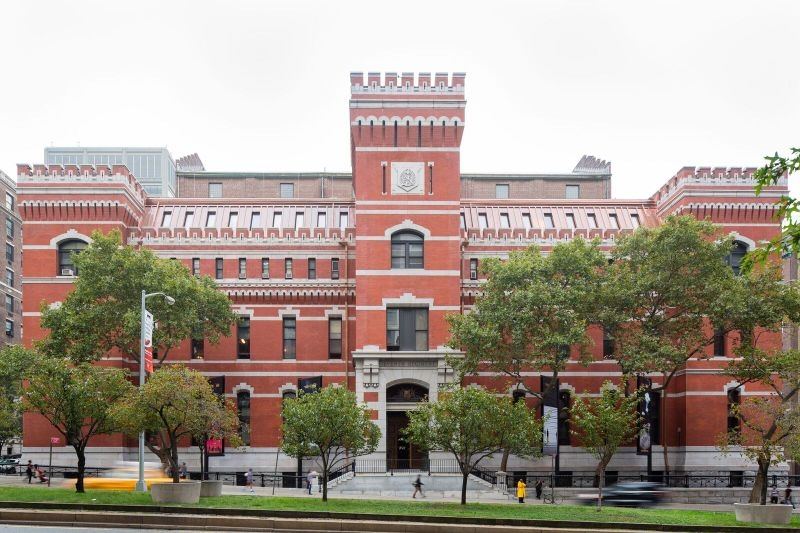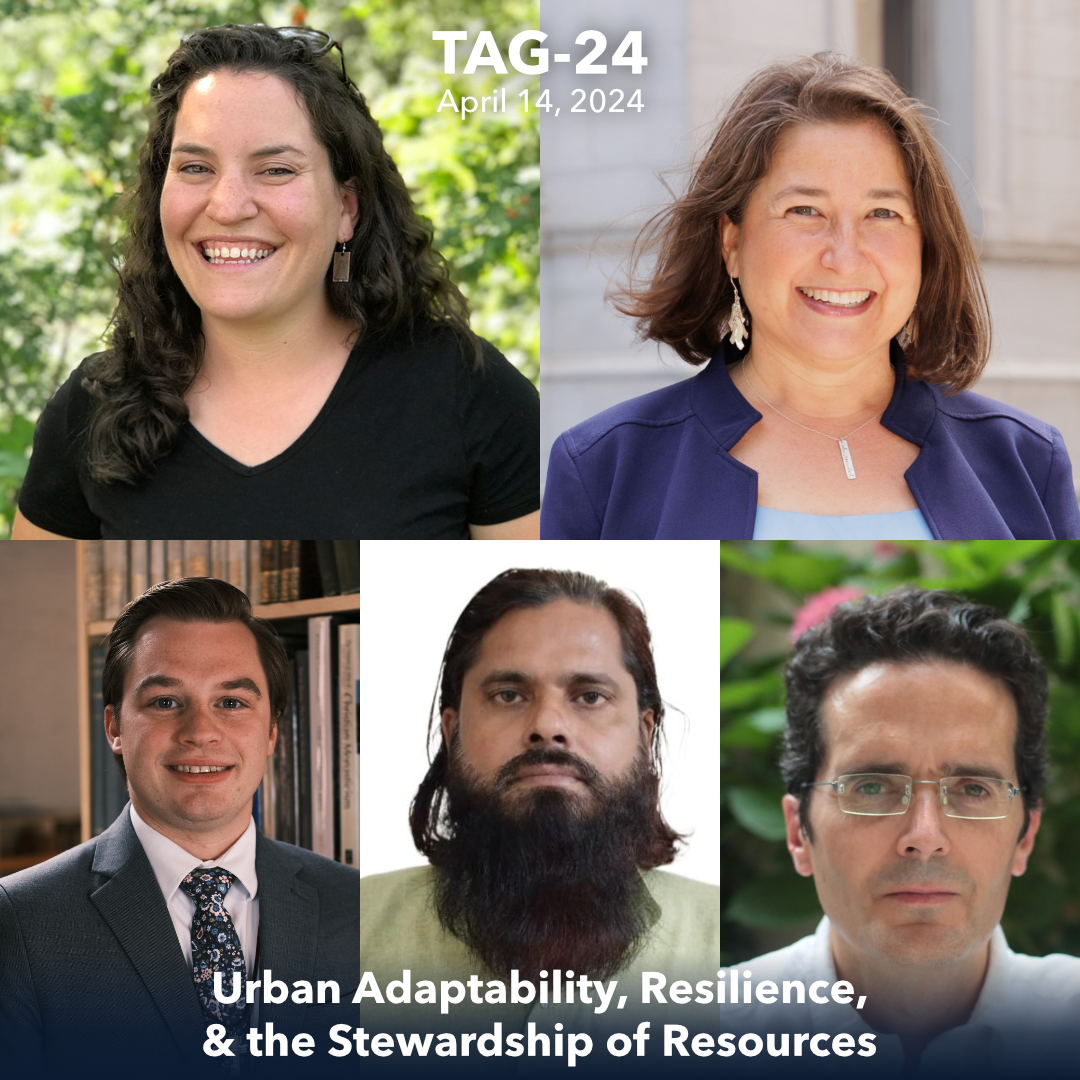The world of adaptive reuse and historic preservation has found ways to successfully adapt and use historic buildings in modern neighborhoods. Social needs, such as for artist’s housing, and needs for adaptive access, so all citizens can use the old buildings, have been successfully met. The old armories, however, have a number of challenges that are unique to their nature as urban fortresses.
The armories were developed initially as the home fort for state militias, with room for storage of ammunition and weapons, room for drilling a company or more of soldiers, storage and living quarters, administrative offices, storage and management of provisions–all of the space needed to house, feed, and equip a fighting unit of soldiers. So the armories are huge, both large in interior space, many an entire block long, and built with the sturdiness of a building designed to protect armament. This massive scale, both in size and in the thickness and weight of the walls and other structural supports, is a challenge when adapting the spaces to other uses.
The armories have mostly been in the ownership of the state, and as they were no longer needed for active military service, the state has ceded ownership over to the city. The city, having responsibility to provide some social services for their people, used the large spaces to provide homeless shelters and other social service needs. The grand scale of the buildings make them useful for a large-scale operation of this type, but neighborhoods have had difficulty when these needed but challenging uses impacted the quality of life in the neighborhood. In addition, there is some thought that the buildings, being designed as they were, should be prepped and available for citizens to use in the event of natural disasters. This potential use, while needed, is very expensive to maintain as space.
Some armories are being studied to evaluate their feasibility to be adapted into mixed income housing. Like many of these projects, competing interests of neighborhood quality of life versus the need for affordable housing makes the conversation challenging.
It will not be easy or cheap to adapt these massive military forts into uses for the modern day, with access for all and the systems that in modern life we need, such as HVAC, fire suppression systems, modern water catchment, sewage and plumbing. But their architecture is unique, and their scale and grandeur cannot be duplicated in modern times. To retain their uniqueness, we need to find suitable connections and interests between competing parties, and meet the challenge of adaptive reuse with innovative thinking.
For more information on adaptive reuse and historic building preservation, please contact us.




